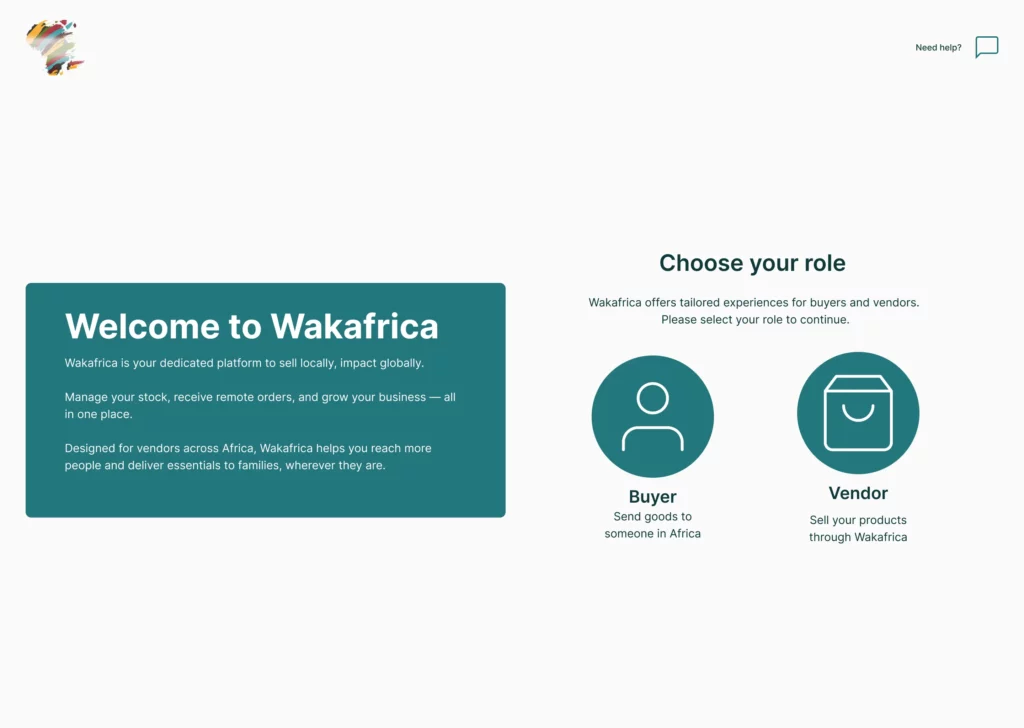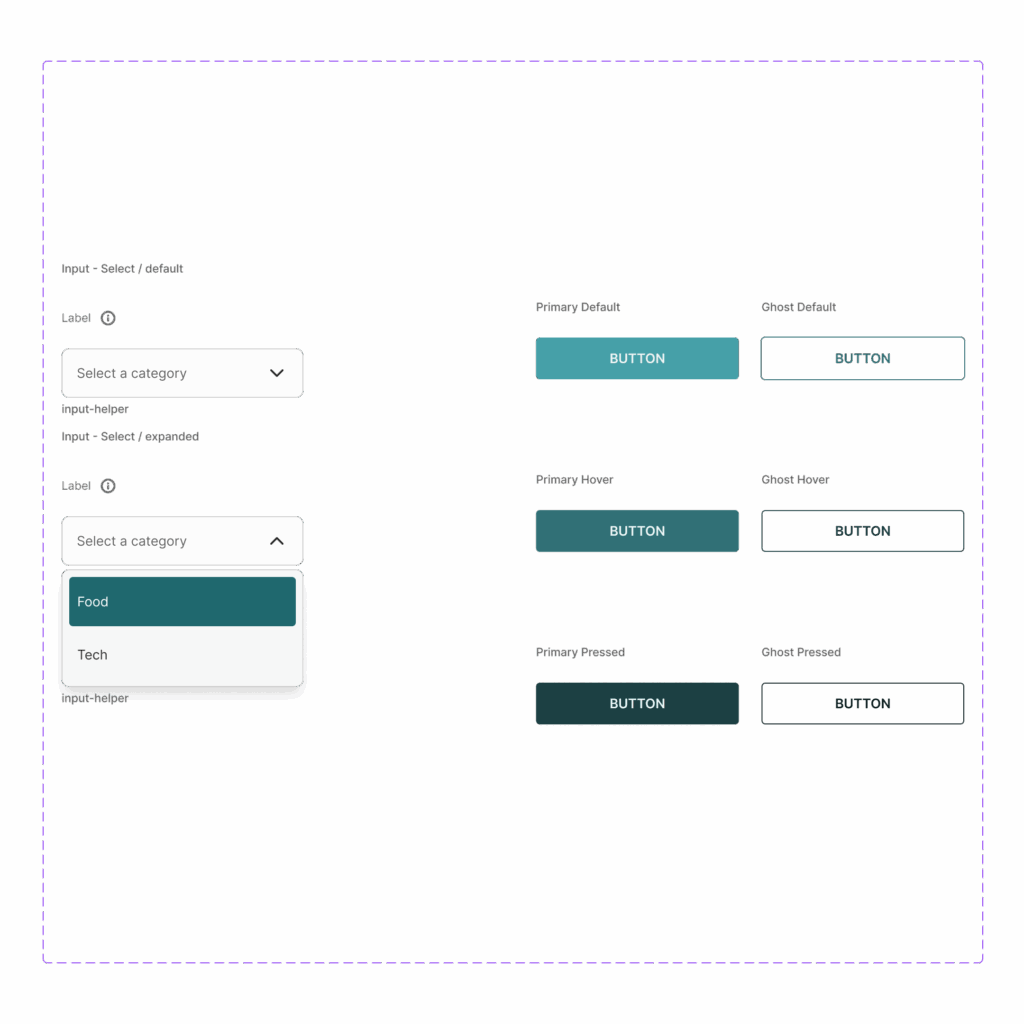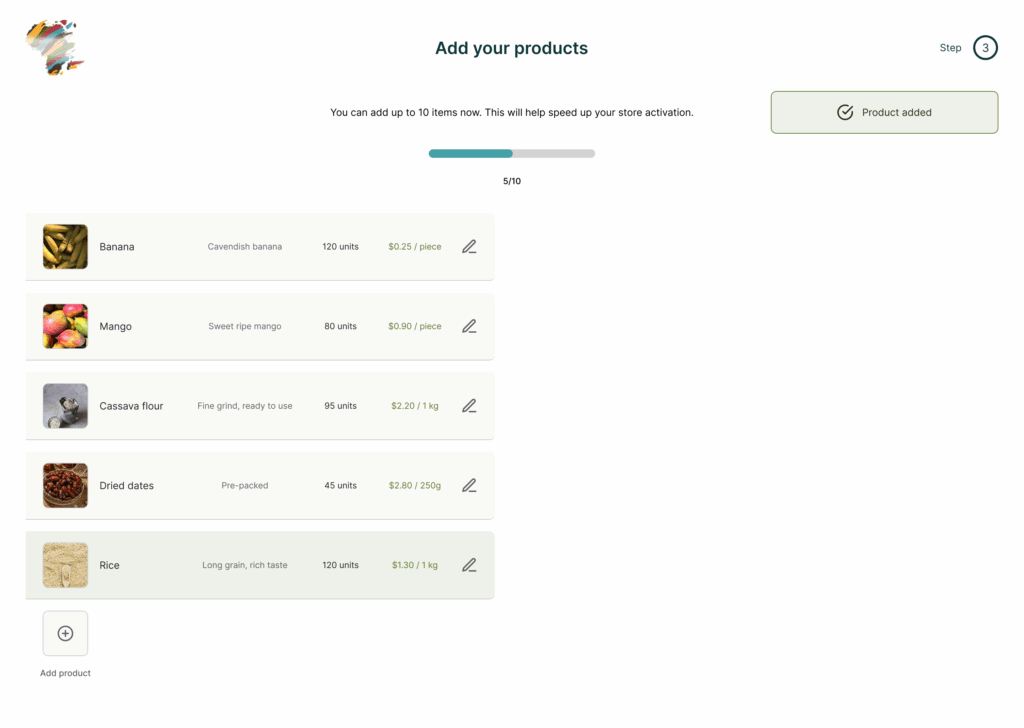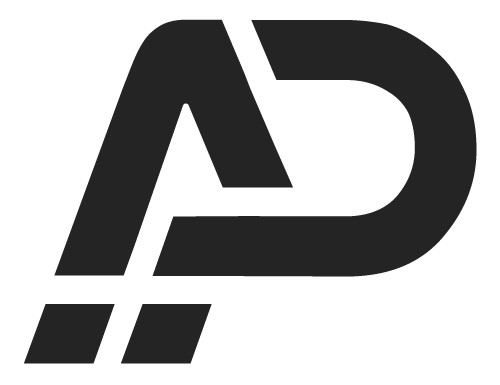Wakafrica
Transforming a Complex Backend into Role-Specific Experiences
Redesigning a backend-centric system into a human-centered, mobile-first shopping journey—built from scratch, based on reverse UX engineering and real-world constraints
Real project developed as part of my final diploma at EFP Brussels and still in active development.
I joined the Wakafrica team as UX/UI Designer, collaborating with the product owner who conducted the initial research.
For confidentiality reasons (NDA), research findings are not detailed in this case.
My responsibilities include: information architecture, interface design, internal usability testing, and advanced prototyping with Figma.

Design System
Design System – Components Preview
(Built to scale)
This modular Design System ensures consistency across both Vendor and Buyer interfaces.
It’s fully functional and currently evolving, with documentation in progress.
The system’s logic is inspired by proven models like Shopify Polaris and Material Design.
This section highlights a key component from the modular Design System built in Figma, which ensures consistency across both Vendor and Buyer interfaces.
Shown here is the Input Select component, presented with semantic states (`default`, `expanded`) and designed using responsive logic, Auto Layout, dynamic properties (`state`, `value`, `type`) and Smart Animate for smooth transitions.

Project Overview
What is Wakafrica?
It’s a mobile-first shopping experience designed to help European-based users send essential goods—like food, medicine, or school supplies—to their loved ones in Africa, called Wakaries.
Each order is automatically routed to a verified local vendor, based on the selected delivery zone and category, through a system of role-based logic and regional mapping.
Beyond logistics, Wakafrica is about making support across borders feel personal, fast, and reliable, even in regions with low bandwidth or device limitations.
Strategic Focus
To activate the platform, we prioritized the Vendor Dashboard, enabling local sellers to start managing products and fulfilling orders. This was immediately followed by the design of the Buyer Interface, focused on accessibility, empathy, and mobile usability. The Admin Panel will be developed in a later phase.
Note: Some internal mechanisms are protected by NDA and cannot be publicly disclosed.
- Same system.
- Different needs.
- One design logic.
Vendor Study Case: Coming soon. The page will be available shortly.

- Same system.
- Different needs.
- One design logic.
Vendor Study Case: Coming soon. The page will be available shortly.


